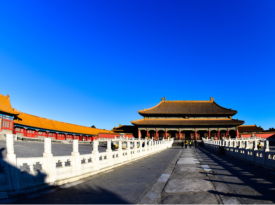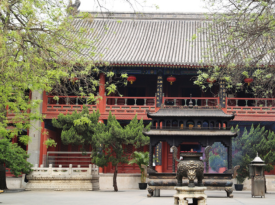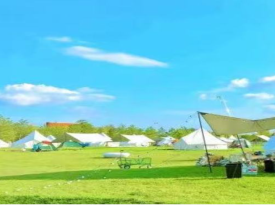The Former Residence of Comrade Soong Ching-ling is located at No. 46, Houhai North Bank, Xicheng District, Beijing. It is a place of great historical significance and humanistic value.
It was originally the garden of the mansion of Mingzhu, a grand secretary during the reign of Emperor Kangxi in the Qing Dynasty, and has undergone many changes since then. Soong Ching-ling lived and worked here for nearly 20 years. During this period, she was actively involved in many great causes such as women and children's welfare, cultural exchanges, and the international peace movement. Many important decisions and activities were conceived and carried out here. The architecture in the former residence is elegant and simple, with the charm of traditional Chinese architecture and also incorporating some Western style elements. The courtyard has a beautiful scenery, with the lake water rippling, pavilions and towers scattered in an orderly manner, ancient trees reaching the sky, and flowers blooming like a brocade. Strolling through it, one can feel a peaceful and elegant atmosphere.

The interior furnishings basically remain the same as they were during Soong Ching-ling's lifetime, displaying the furniture, books, documents, photos, and various precious cultural relics and artworks she used. These items vividly show Soong Ching-ling's life path, personal taste, and her outstanding contributions to the country and the world. In the study, the table and chair where she worked are placed, as if one can see her figure writing vigorously for her ideals and beliefs; the reception room witnessed her cordial exchanges with people from all walks of life and discussions about national affairs.
The Former Residence of Comrade Soong Ching-ling is not only a place for deep remembrance and commemoration of Ms. Soong Ching-ling but also an important carrier for inheriting her great spirit. It tells people about Soong Ching-ling's magnificent life, inspiring generations of people to strive for peace, justice, and progress. At the same time, it also provides rich and precious materials for the study of modern Chinese history, the history of the women's movement, and the history of cultural exchanges between China and foreign countries, attracting many tourists, scholars, and history enthusiasts to visit and study, and feel its unique charm and profound connotations.





